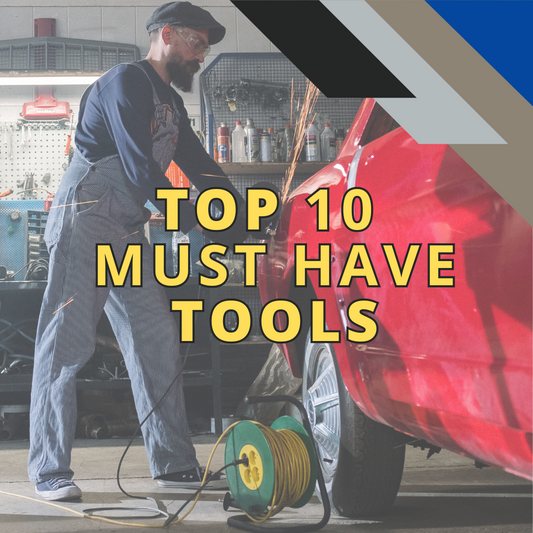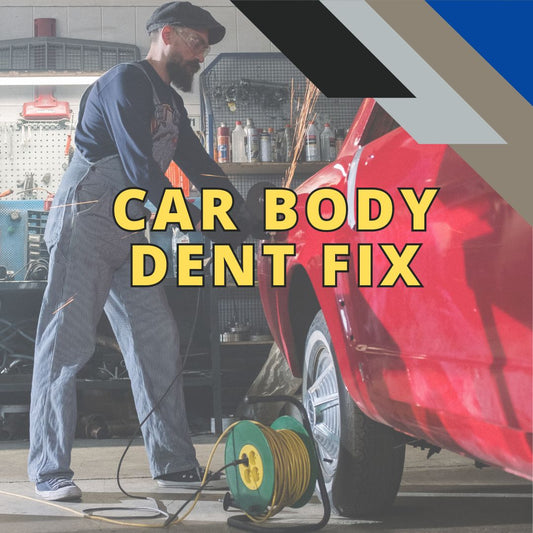Differences Between Cr-V, Cr-Mo, and Carbon Steel
People must know Cr-V, Cr-Mo, and carbon steel are the most common materials used in making auto and hand tools. But do you know why and which one is better?
Chromium-Vanadium Steel (Cr-V)
- Composition: Chromium-vanadium steel, often abbreviated as Cr-V, is an alloy steel containing chromium (0.80–1.10%) and vanadium (0.18%). It may also contain carbon, manganese, silicon, and phosphorus.
-
Properties:
- Hardness and Strength: High hardness and tensile strength due to the presence of chromium and vanadium.
- Wear Resistance: Good wear resistance, making it suitable for tools that undergo high friction.
- Toughness: Excellent toughness, able to withstand high impacts.
- Applications: Commonly used for making hand tools like wrenches, screwdrivers, and sockets.
Chromium-Molybdenum Steel (Cr-Mo)
- Composition: Chromium-molybdenum steel, abbreviated as Cr-Mo, is an alloy steel that includes chromium (0.90-1.50%) and molybdenum (0.15-0.25%).
-
Properties:
- High Temperature Strength: Better performance at high temperatures due to molybdenum, which improves high-temperature strength and creep resistance.
- Corrosion Resistance: Enhanced resistance to oxidation and corrosion compared to plain carbon steels.
- Toughness: Good toughness and ductility.
- Applications: Widely used in the automotive and aviation industries for parts like roll cages, suspension components, and pressure vessels due to its strength and resistance to high temperatures.
Carbon Steel
- Composition: Carbon steel primarily consists of iron and carbon (up to 2.1% by weight). It may also contain small amounts of other elements like manganese, silicon, and copper.
-
Properties:
- Versatility: Varies widely depending on the carbon content. Low-carbon steels (0.05-0.25% carbon) are softer and more ductile. Medium-carbon steels (0.25-0.60% carbon) have balanced strength and ductility. High-carbon steels (0.60-1.0% carbon) are very strong but less ductile.
- Strength and Hardness: Higher carbon content increases strength and hardness but reduces ductility.
- Cost-Effectiveness: Generally more cost-effective compared to alloy steels.
- Applications: Used in construction, automotive parts, pipelines, and various machine components.
Summary
- Cr-V Steel: Known for its hardness, strength, and wear resistance; ideal for high-impact hand tools.
- Cr-Mo Steel: Superior high-temperature strength and corrosion resistance; preferred in automotive and aerospace applications.
- Carbon Steel: Versatile with a wide range of properties depending on carbon content; used in construction and machinery.
- In the tool industry, manual tools typically use Cr-V and carbon steel, while pneumatic tool sockets use Cr-Mo due to its higher durability.
- In terms of hardness, Cr-Mo > Cr-V > Carbon Steel.
These differences in composition and properties determine their specific applications in various industries.



